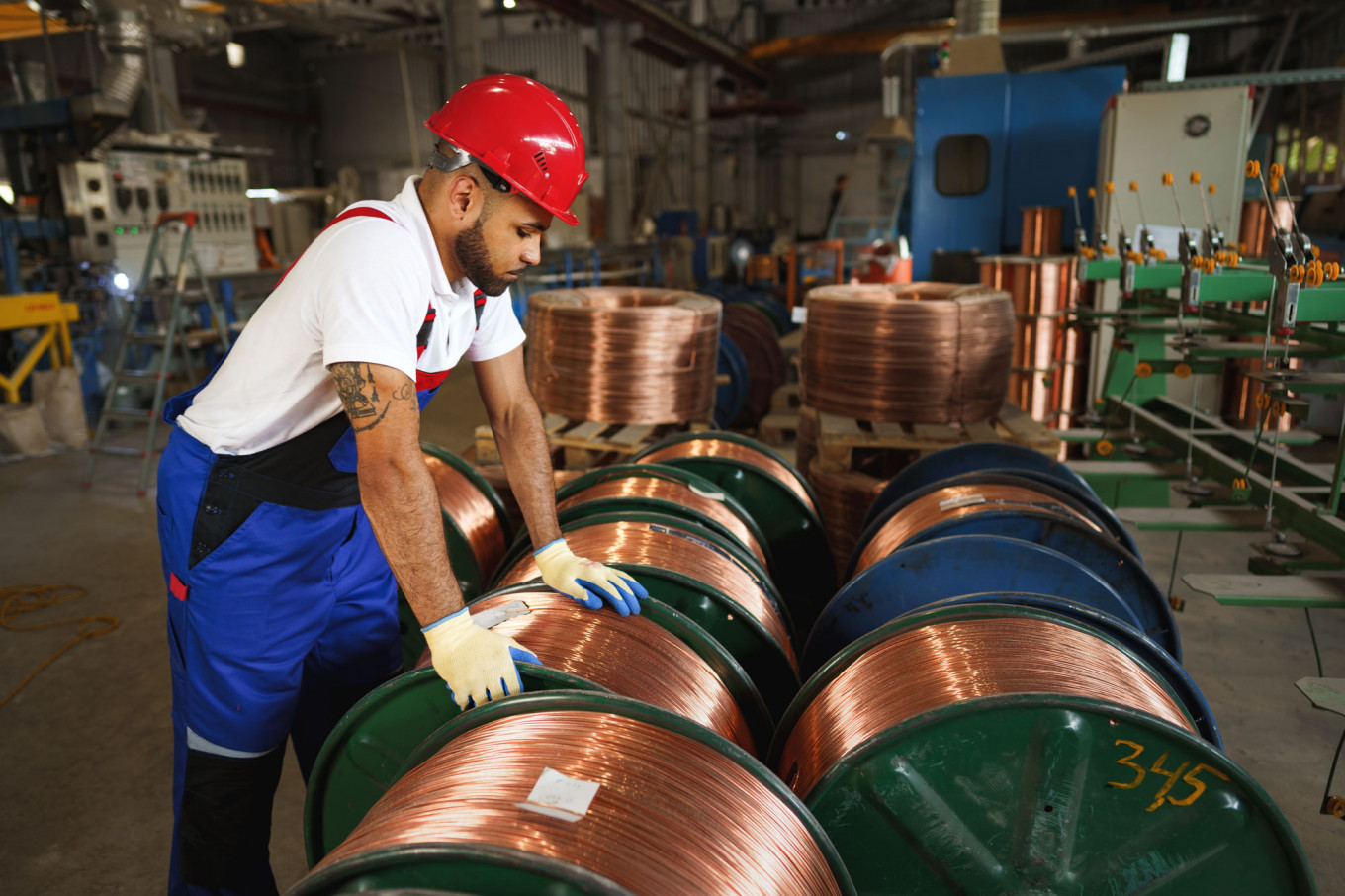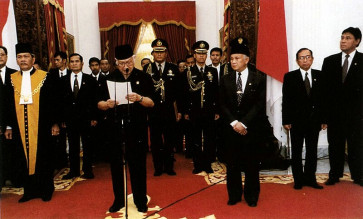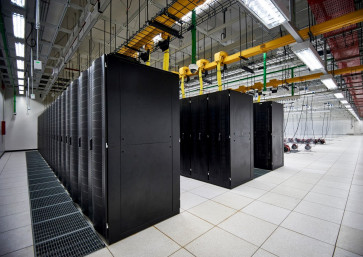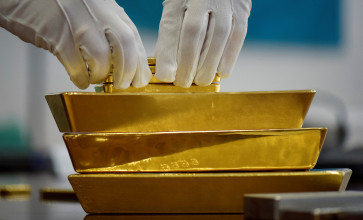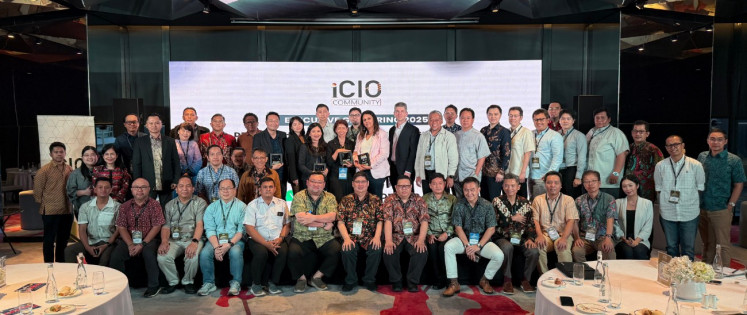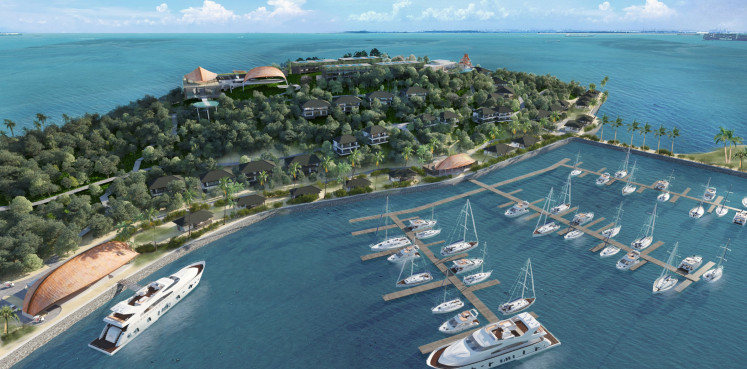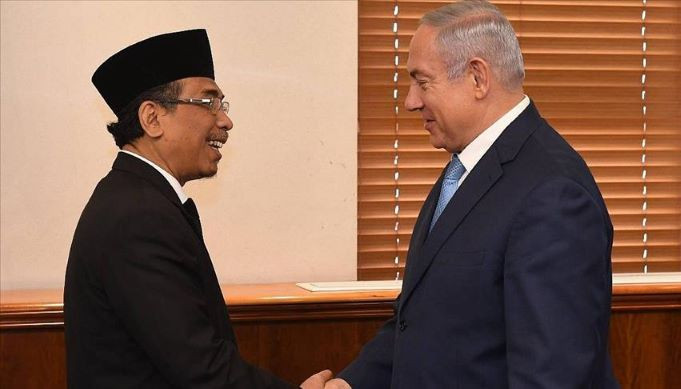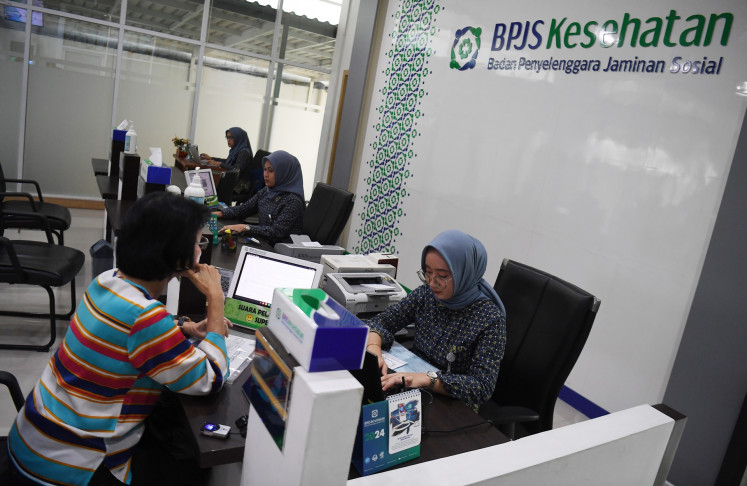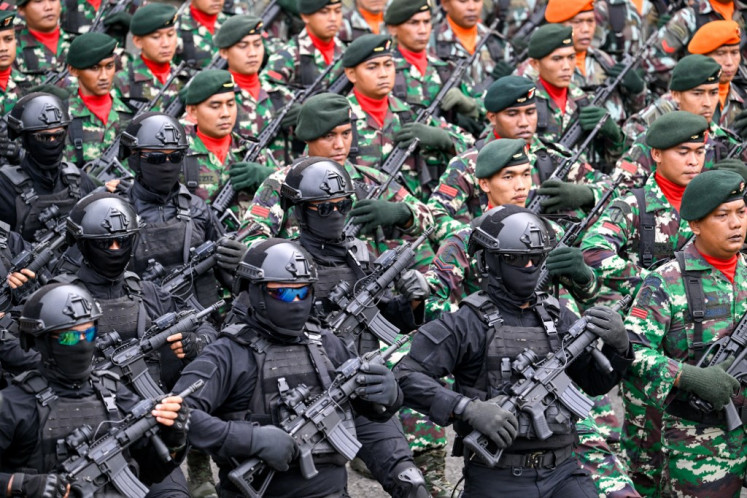Popular Reads
Top Results
Can't find what you're looking for?
View all search resultsPopular Reads
Top Results
Can't find what you're looking for?
View all search resultsPTFI smelter starts copper cathode production, highlighted as pro-community downstreaming
Change text size
Gift Premium Articles
to Anyone
P
T Freeport Indonesia (PTFI) is set to begin its initial production of copper cathode from its Manyar smelter in Gresik, East Java, with an annual target of 441,000 tons.
Copper cathode production from the Manyar smelter will supply raw materials for electrical cables, electric vehicles (EV) and renewable energy technology. With its large processing capacity and integrated production process, the facility strengthens Indonesia's position in the global industrial supply chain.
Along with reflecting technical progress in mineral industrialization, the production process also demonstrates how downstream processing can be designed as an economic development strategy that directly impacts communities.
In a 2024 report by Brawijaya University's Faculty of Economics and Business (FEB UB) titled "Building Partnerships between Communities, Regional Governments and Companies to Optimize the Benefits of Downstream Processing," Gresik is cited as an example of a successful partnership model that involves local communities from the early stages of industrial development.
One form of this collaboration is the "Rembuk Akur" forum, which facilitates the recruitment of workers from nine Ring 1 villages around the smelter industrial area.
The FEB UB research also noted that the involvement of local businesses has unlocked opportunities for broader economic participation. MSMEs not only serve as catering and logistics providers but are also supported through SME centers such as Songkok Kemuteran and Mesin Logam Pelemwatu Menganti in Gresik.
"With strategic partnerships, MSMEs can play a greater role in the industrial supply chain, ultimately strengthening the local economic ecosystem," wrote Hendi Subandi, the report's lead researcher.
The report also emphasized that the benefits of downstreaming will be far more sustainable if implemented through a collaborative approach involving six key elements: companies, local governments, communities, academics, media and NGOs. This hexahelix approach is considered crucial for maintaining continuity between economic interests and social development at the local level.
"By involving various actors in the hexahelix partnership model, downstreaming can create an inclusive and sustainable ecosystem, providing tangible positive impacts for local communities," Hendi continued.
More than just production figures, this step illustrates that industrial development can be directed towards creating shared value, and demonstrate how the government, businesses and local communities have mutually reinforcing roles.
Gresik demonstrates that downstreaming is not only on the national agenda, but also a process that can revitalize regional economies from a local perspective.
Your Opinion Matters
Share your experiences, suggestions, and any issues you've encountered on The Jakarta Post. We're here to listen.
Thank you
Thank you for sharing your thoughts. We appreciate your feedback.

